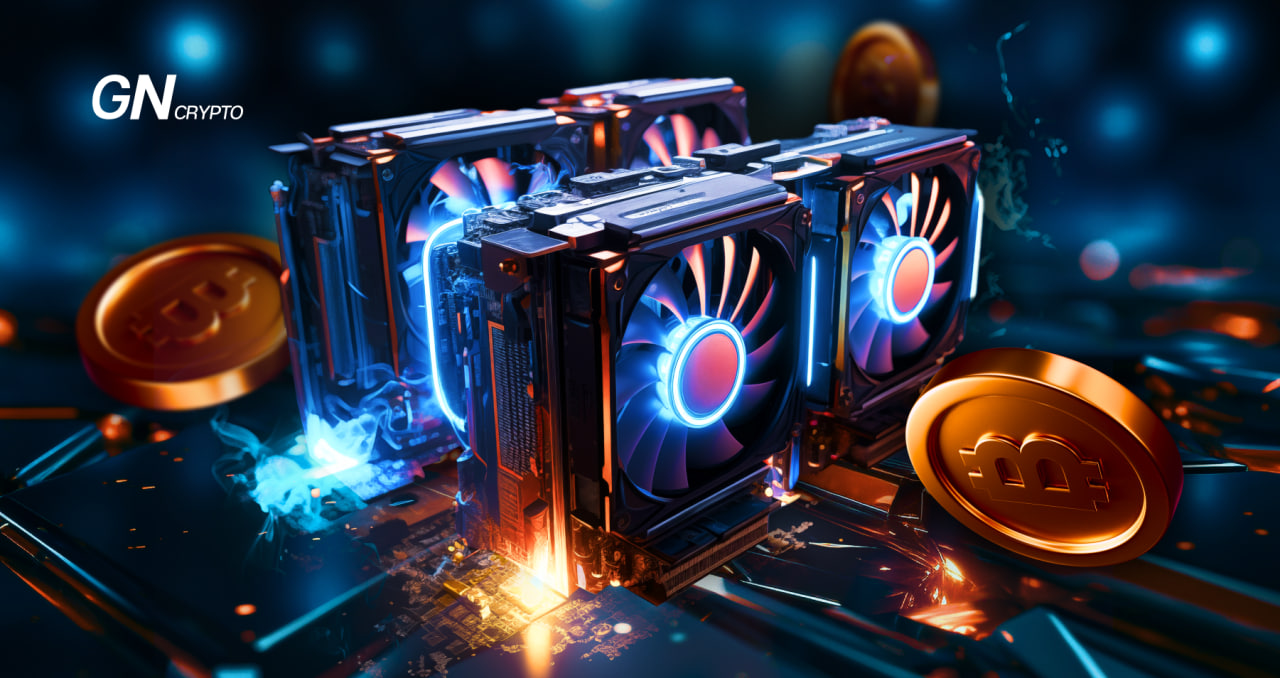How to Choose a Mining Pool?

Gone are the days when leading cryptocurrencies could be mined on simple laptops. Now, miners band together in entities known as pools. This guide will clarify what a mining pool is and highlight important considerations when choosing the most suitable pool for your mining activities.
On this page
The Rise of Mining Pools
Mining in blockchain protocols that utilize the Proof-of-Work (PoW) consensus mechanism now demands complex equipment with high-powered processors. The process of mining blocks has shifted to sophisticated setups, necessary for the intricate cryptographic computations involved.
The reward for mining Bitcoin, which halves approximately every four years in an event known as halving, has made cryptocurrency mining increasingly challenging for solo miners. They face the double bind of needing to invest more in their equipment while the probability of successfully mining a block reduces.
These factors have collectively contributed to the growing prominence of mining pools in cryptocurrency mining.
Solo mining is no longer viable. Source: chilkoot
What is a Mining Pool?
A mining pool is a collaboration of node owners who combine their computational power to enhance the profitability of generating new blockchain blocks. Joining a pool brings crucial benefits, including reduced costs for upgrading equipment and a steadier stream of income.
The first-ever Bitcoin mining pool, Slush Pool, debuted on November 27, 2010. Today, there are mining pools for almost every major cryptocurrency that operates on the Proof-of-Work (PoW) algorithm.
These pools come with a dedicated management interface, allowing participants to track the condition of their hardware, their current hashing speed, and estimated earnings in real time, considering the costs associated with fees. Any blockchain user possessing the required hardware can mine coins, earning a profit that corresponds to their contributed time and computing power.
How Mining Pools Work
Mining pools are run by individuals known as operators or coordinators. Their main responsibilities include:
- Keeping track of the computing power contributed by each participant.
- Calculating the overall hash rate of the pool.
- Allocating rewards among members.
Participants in a mining pool pay a fee to the operators, which is due when a block is successfully mined. However, there can be variations in how profits are distributed. The fee amount is predetermined in the agreement each member signs before joining the pool, typically ranging from 1.5% to 3.5%.
Besides this, mining pools also charge a commission to cover operational costs, such as electricity. The amount of this commission varies based on the specific cryptocurrency being mined and the current electricity rates, which are influenced by the operator's location.
Illustration of a Mining Pool. Source: zondacrypto
Types of Mining Pools
Mining pools come in different types.
- Proportional Pool (PROP): Here, miners earn their share of profits only after a block is successfully mined. Rewards are divided among all miners based on the amount of computing power they contribute.
- Pay-Per-Share (PPS) Pool: In this format, participants receive a set payment for their equipment's power utilized by the pool, independent of mining success. The pool operator assumes the risks, leading to higher operator fees in these pools.
- Full Pay-Per-Share (FPPS) Pool: This model includes not only payments for block discovery but also transaction processing fees in the miner's compensation.
- Peer-to-Peer Network (P2P): A more advanced and secure mining pool type, P2P pools manage mining like an independent blockchain, providing enhanced protection for participants against fraud.
Most mining pools conduct daily payouts at specific times. However, some platforms, especially those for lower-capitalization cryptocurrencies, may process payouts every 5–7 days.
How to Choose a Mining Pool?
Before joining a mining pool, you will need:
- Registration on the pool's website.
- Mining hardware, such as an ASIC.
- Mining software.
- A wallet for storing your mined coins.
- A reliable internet connection.
However, it's crucial to do your research first.
- Learn About the Pool. Review the official information to understand its policies, reward system, and payment algorithm.
- Calculate Potential Fees. Make sure the fees don't end up eating into your profits.
- Note the Payout Threshold. Each mining pool has a minimum earnings requirement before you can receive coins in your wallet.
- Seek Other Miners' Opinions. Find reviews on specialized forums and social media, but be skeptical of overly positive reviews that might be sponsored.
- Compare with Other Pools. Look at the fee structures and payout frequencies of various pools. The cheapest option isn't always the best; consider other factors like customer support quality.
Be particularly cautious with cloud mining services due to the high risk of fraud in this area. We’ve explored essential details to look out for in our “Cloud Mining Services Ranking” article.
The content on The Coinomist is for informational purposes only and should not be interpreted as financial advice. While we strive to provide accurate and up-to-date information, we do not guarantee the accuracy, completeness, or reliability of any content. Neither we accept liability for any errors or omissions in the information provided or for any financial losses incurred as a result of relying on this information. Actions based on this content are at your own risk. Always do your own research and consult a professional. See our Terms, Privacy Policy, and Disclaimers for more details.



























